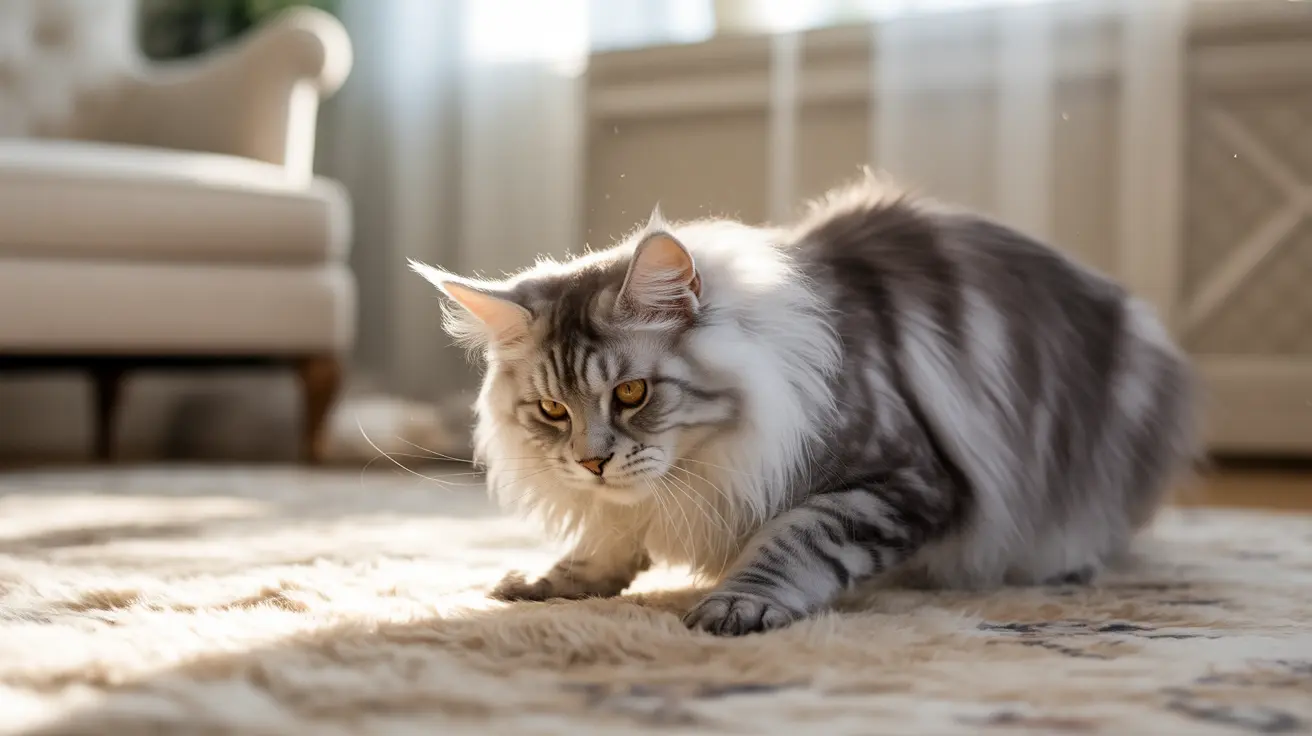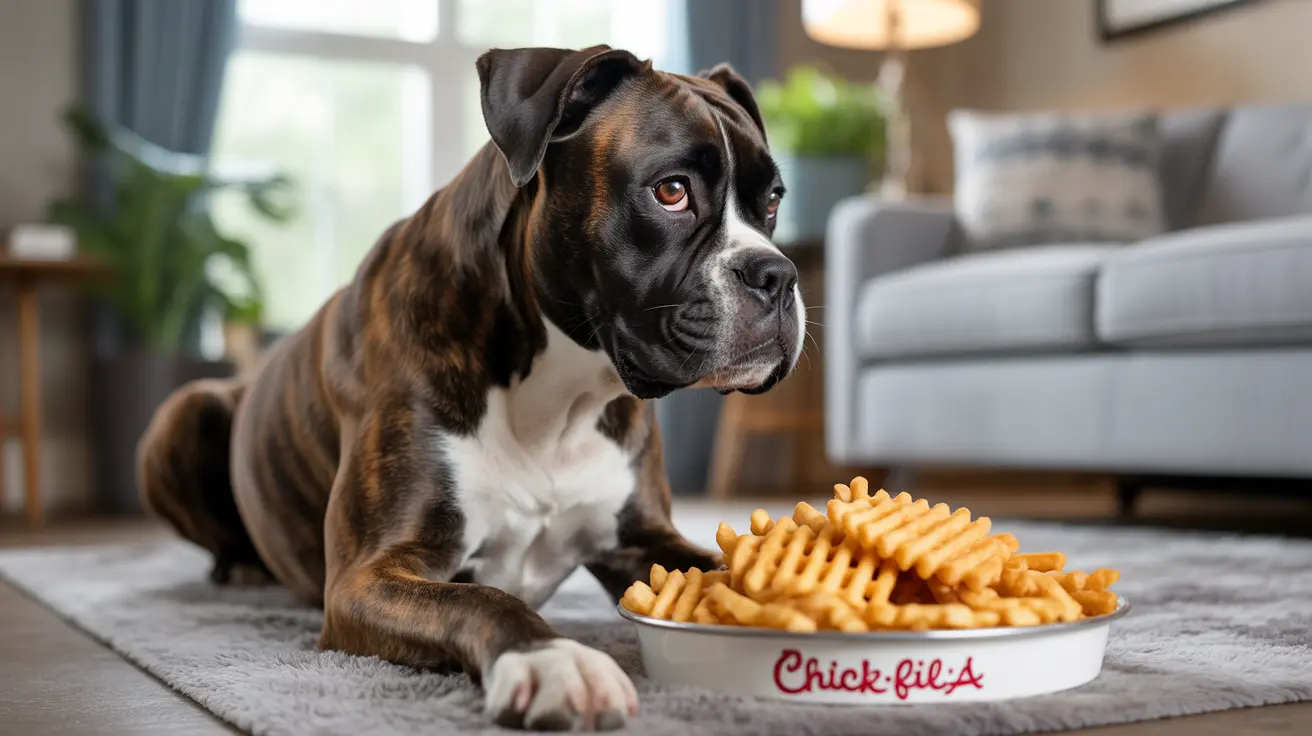Why Do Dogs Walk in Circles?
Ever noticed your dog spinning around a few times before settling down for a nap? You're not alone—this quirky habit is common among dogs, and it has fascinated pet owners for generations. Let's explore why our canine companions circle before they rest, what it might mean, and when (if ever) you should be concerned.
The Roots of Circling Behavior
Circling before lying down is believed to be an instinctive behavior inherited from wild ancestors like wolves. In the wild, circling would flatten grass or snow, creating a more comfortable sleeping area while also checking for hidden dangers such as insects or snakes. This simple act could help ensure safety and comfort.
- Flattening the ground: By walking in circles, dogs can pat down tall grass or leaves to make a cozy nest.
- Checking for threats: Circling allows dogs to scan their surroundings one last time before becoming vulnerable during sleep.
Comfort and Security
Even though modern dogs sleep on soft beds or couches, the instinct remains. The act of circling may help them find the most comfortable position. Some experts believe it's also about marking territory—dogs have scent glands in their paws, so circling could leave their unique scent behind and signal ownership of the spot.
This behavior isn't just about comfort; it's about feeling secure. By circling, your dog is making sure everything feels right before they relax completely.
Curling Up for Warmth
Another reason dogs circle is to regulate body temperature. In colder climates, curling into a tight ball after circling helps conserve body heat. This trait likely helped their ancestors survive chilly nights outdoors.
- Curling up keeps vital organs protected and warm.
- The circular motion helps them find just the right position to minimize heat loss.
When Circling Might Signal a Problem
While circling is usually harmless, excessive or frantic circling can sometimes indicate discomfort or health issues. If your dog seems unable to settle, appears anxious, or circles repeatedly without lying down, it may be time to consult your veterinarian.
- Pain: Arthritis or other joint problems can make it hard for dogs to get comfortable, leading to repeated circling.
- Neurological issues: Certain conditions affecting the brain can cause compulsive behaviors like constant circling.
If you notice sudden changes in your dog's habits—especially if they're accompanied by whining or signs of distress—don't ignore them. It's always better to check with a professional if you're concerned.
Cultural Curiosities
This spinning ritual isn't unique to domestic dogs; wolves and wild canids do it too. It's one of those ancient behaviors that has stuck around through thousands of years of domestication. Even tiny lapdogs will often circle on plush pillows just as their ancestors did on grassy fields.
Should You Stop Your Dog from Circling?
In most cases, there's no need to interrupt this natural routine. Letting your dog follow their instincts helps them feel secure and at ease. Only intervene if the behavior becomes obsessive or interferes with daily life—then it's worth seeking advice from your vet or an animal behaviorist.
Other Related Behaviors
- Nesting: Some dogs scratch at bedding before lying down—a similar instinctive action aimed at comfort and security.
- Scent marking: Besides circling, dogs may rub themselves on their chosen spot to claim ownership with their scent glands.
Final Thoughts
Your dog's pre-nap dance is more than just a cute quirk; it's a window into their evolutionary past and an expression of deep-seated instincts for safety and comfort. Next time you watch your furry friend spin around before settling in, you'll know they're simply following age-old wisdom—making sure everything's just right for a good rest.





